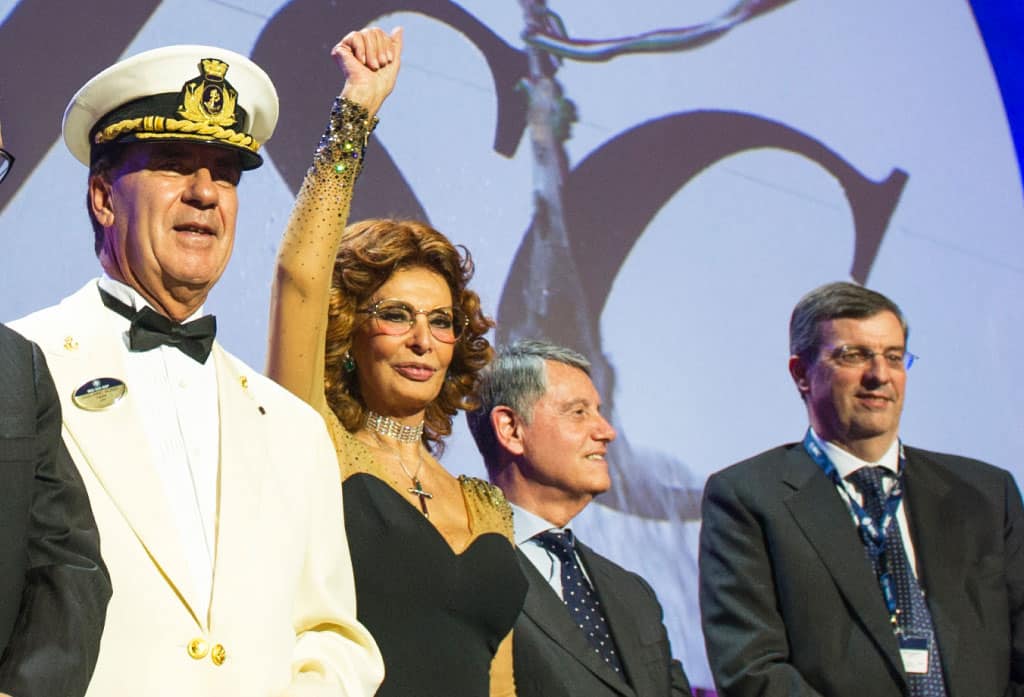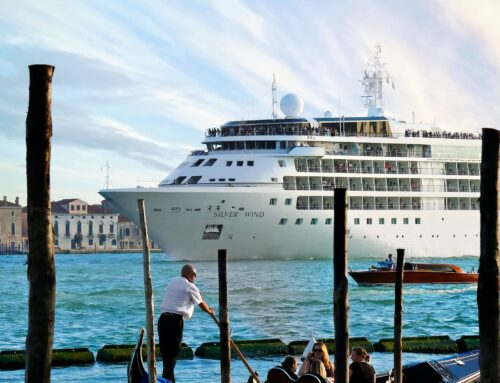By tradition, a cruise ship godmother is the female patron and protector of a vessel. Moreover, by association she also lends the vessel a certain notoriety. Cruise ship godmothers include Queen Elizabeth II, actress Sophia Loren and singer Sarah Brightman. Indeed, Ms. Brightman presided over a glittering ceremony for the launch of the ultra-luxury Seabourn Encore in Singapore in 2016.

Who are cruise ship godmothers?
Cruise ship godmothers come from all walks of life including royalty, politics, and the arts. However, each cruise ship godmother shares an enduring connection with the vessel they christen.
Pop-star Fan Bingbing is godmother to Royal Caribbean’s Ovation of the Seas, while Her Majesty Queen Máxima of the Netherlands christened Holland America Line’s ms Koningsdam. West End actress Elaine Paige is godmother to Seabourn Ovation.

Queen Elizabeth II is cruise ship godmother of P&O Cruises Britannia. Princess Kate (Duchess Catherine of Cambridge) is godmother to Princess Cruises Royal Princess. While Sophia Loren is such a good fit for MSC Cruises that she is godmother to no fewer than eight vessels in their fleet!

What do ship godmothers do?
A cruise ship godmother’s main task is to preside over a glittering naming ceremony. The godmother will officially christen the cruise ship – usually by breaking a bottle of expensive French champagne over the bow – and lend her good name to vessel.
The godmother will usually get a small gift in return – often jewellery. In addition, the godmother will sometimes also get one or more free voyages per year on their ship.
When did the godmothers start?
In ancient Egypt ships got blessings before going to sea. The Greeks and the Romans did it too. Superstition, ritual and religion have become a part of nautical tradition in many cultures. Indeed, in Japan a ceremonial axe is used to cut the ropes holding a new ship in place, while in France ship christenings were once accompanied by special rites that resembled marriage and baptismal ceremonies.

However, the modern tradition of the cruise ship godmother seems to have emerged out of the British navy last century. Traditionally only royal males or senior officers could sponsor vessels, but that was cast aside. Women became the preferred patrons, or godmothers.
The popularity of these ‘godmothers’, as they became known, quickly spread to the USA and from there is was adopted by most western cultures.










